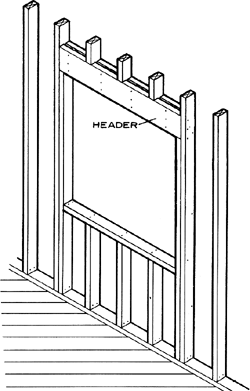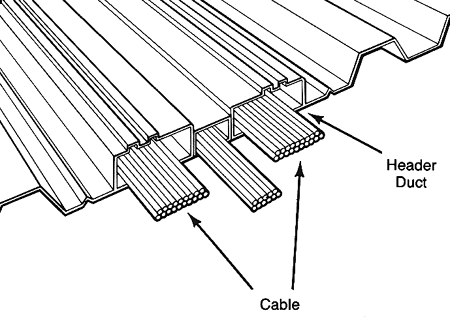lintel
a horizontal beam, as over a door or window
Collins Discovery Encyclopedia, 1st edition © HarperCollins Publishers 2005
Lintel
The horizontal beam that forms the upper structural member of an opening for a window or door and supports part of the structure above it.




Illustrated Dictionary of Architecture Copyright © 2012, 2002, 1998 by The McGraw-Hill Companies, Inc. All rights reserved
lintel
[′lint·əl] (building construction)
A horizontal member over an opening, such as a door or window, usually carrying the wall load.
McGraw-Hill Dictionary of Scientific & Technical Terms, 6E, Copyright © 2003 by The McGraw-Hill Companies, Inc.
header joist, header, lintel, trimmer joist

header joist

header, 3

header, 1
lintel
A horizontal structural member (such as a beam) over an opening which carries the weight of the wall above it; usually of steel, stone, or wood. Also see door lintel, eyebrow lintel, fireplace lintel, splayed lintel, through lintel.
McGraw-Hill Dictionary of Architecture and Construction. Copyright © 2003 by McGraw-Hill Companies, Inc.
Lintel
(LINux InTEL) A Linux operating system running on Intel or AMD computers. Primarily a server environment, Lintel machines are used by the millions. See Linux, Wintel and Intel Mac.Copyright © 1981-2025 by The Computer Language Company Inc. All Rights reserved. THIS DEFINITION IS FOR PERSONAL USE ONLY. All other reproduction is strictly prohibited without permission from the publisher.
The following article is from The Great Soviet Encyclopedia (1979). It might be outdated or ideologically biased.
Lintel
a structural member that spans the window and door openings in a wall and bears the load of the structures that rest on the lintel. Lintels are made of reinforced concrete, metal, wood, or brick. [19–1164—1]
The Great Soviet Encyclopedia, 3rd Edition (1970-1979). © 2010 The Gale Group, Inc. All rights reserved.

